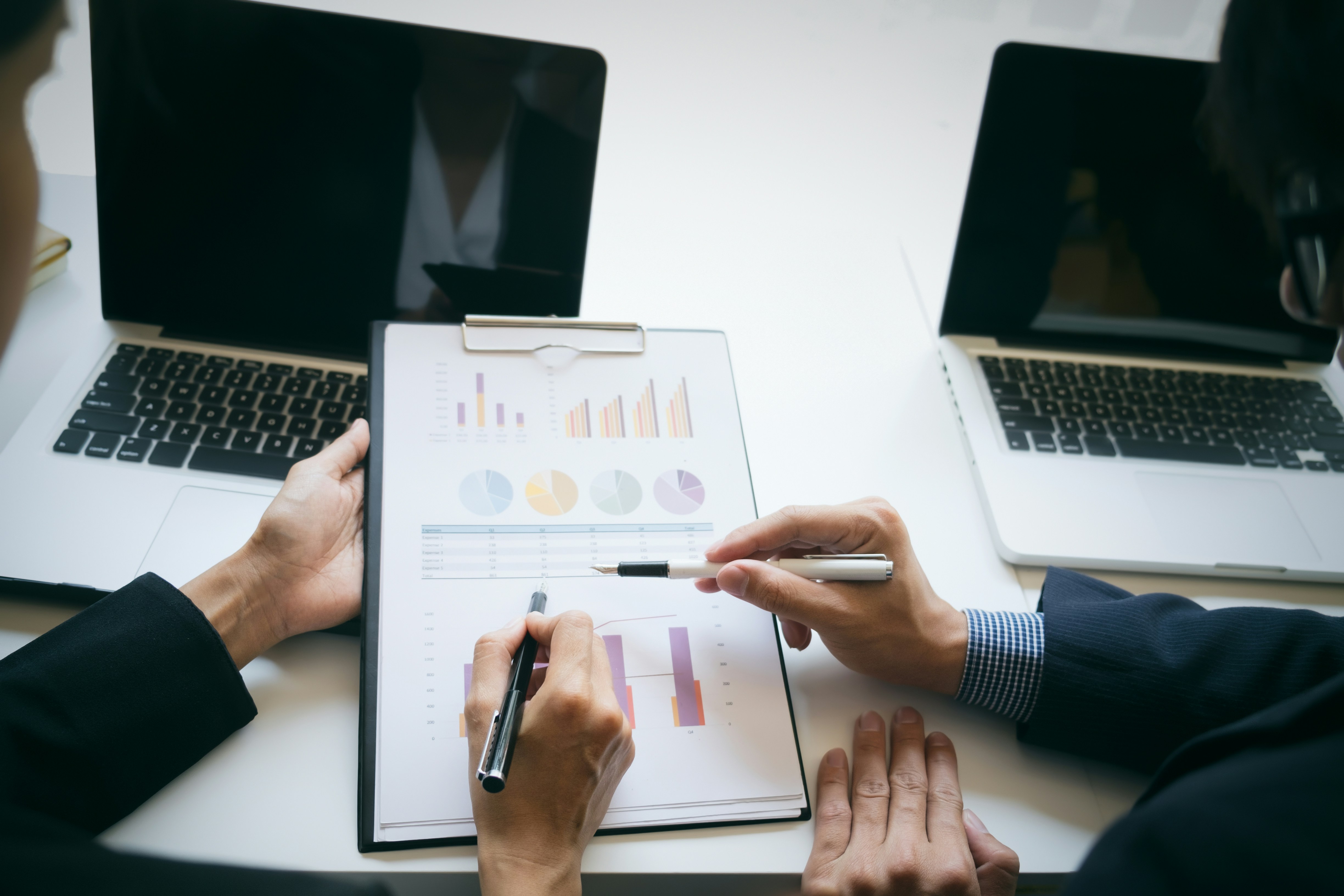The Employee Lifecycle
.jpg)
The success of a company depends not only on its product or service, but also on the people who are part of it. Employees are the lifeblood of any organization and, as such, it is crucial to understand and manage their life cycle within the company.
Throughout his working life, people go through different phases with different needs and characteristics and it is the responsibility of Human Resources teams to adapt to each of them to maximize work well-being.

What is the Employee Lifecycle?
The employee lifecycle covers the entire trajectory of an employee within a company. Like any other business process, it is essential to take this cycle into account in order to optimize worker performance and promote company growth.
Both the work and personal needs of employees are evolving, they are not the same when they arrive at the company as when they have been there for a few years or are close to retirement. Knowing what characterizes each of the stages that employees go through is crucial to achieve the best professional performance while maximizing the occupational well-being of each of the workers.

What are the stages that employees go through?
Below are the different stages that an employee goes through in their relationship with a company, from the moment the vacancy is known to the moment they leave the organization.
ATTRACTION.
The first phase occurs with the future employee's first contact with the company. Therefore, to have a good employer branding it is essential for the experience to be positive from the outset.
SELECTION AND HIRING.
It corresponds to the entire process of selecting the new employee. In this phase, it is important to take care of the candidate experience.
La scanning of the talent recruitment processes is key to announcing the vacancy and maintaining effective and fluid communication with candidates, making the process much more enjoyable.
ONBOARDING.
Once the candidate has been selected, it is time to introduce him to the company. This first contact is a opportunity to stimulate him and improve their trust in the company, in addition to reducing adaptation periods.
La IA as a tool, it allows you to create a memorable and useful onboarding process, evaluating your adaptation to the position and preventing potential problems.
PROFESSIONAL DEVELOPMENT.
When the new employee has already settled in their position, the company must be able to promote their professional development to improve their skills and abilities.
An efficient way to detect the skills that each employee should enhance or develop is use chatbots that interact with the employee, to then analyze the results with AI and, thus, provide an evaluation.
LOYALTY.
Employee loyalty, rather than a phase of the Employee Lifecycle, is a consequence of professional development, since the objective is link the employee in the long term thanks to their individualized progress within the company.
OFFBOARDING.
The departure of an employee from the company can occur for several reasons, but regardless of the reason, this process must always be professional and constructive.
A good way to manage this stage is to carry out automated exit interviews which will make it possible to delve into the reasons for leaving employees.

By understanding the needs and characteristics of each phase, Human Resources teams will be able to implement appropriate strategies and programs to boost employee growth and commitment.
🩵 Blue Weeks by Velora
Este año no te conformes con el Black Friday, aprovecha las Blue Weeks. Porque en Velora no reducimos: ampliamos el valor de lo que importa — el talento.

Related articles
More articles to inspire your HR strategy









